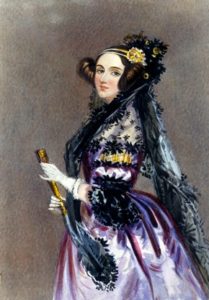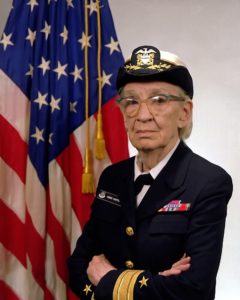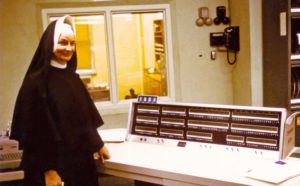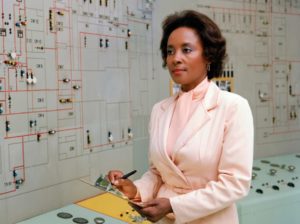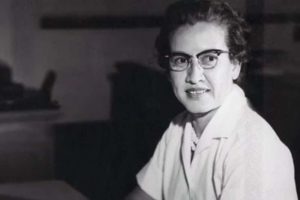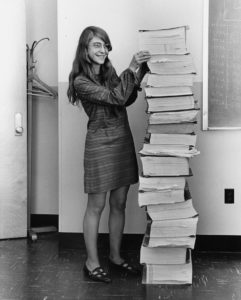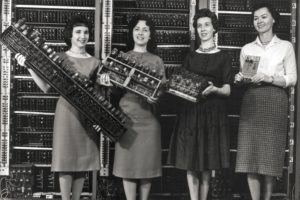10 Women Who Paved The Way For Computer Techies Everywhere
March is Women’s History Month. To celebrate, we’re introducing 10 women in tech who were critical to the progression of computing and technology as we know it today. Join us in celebrating these inspirational female role models by sharing this article, as well as any other stories of women who have moved the needle and become the change they want to see in the world.
Ada Lovelace
Ada Lovelace is widely regarded as the first computer programmer. She was the first person to publish an algorithm for the modern computer—the Analytical Engine—in the mid-1800s. She also theorized a method for the engine to repeat a series of instructions, a process known as looping that computer programs use today.
Admiral Dr. Grace Hopper
Beginning her computer science contributions in 1943, Admiral Dr. Grace Hopper is considered one of the pioneers of high-level programming languages. She invented the Common Business-Oriented Language (COBOL)—one of the first accessible computer programming languages in English that’s still used to this day.
Sister Mary Kenneth Keller
Sister Mary Kenneth Keller became the first American woman to earn a doctorate in computer science in 1965. She helped develop the Beginners’ All-purpose Symbolic Instruction Code (BASIC) programming language, which was designed to enable students in fields other than science and mathematics to use computers.
Annie Easley
Annie Easley, who was one of four African Americans of about 2500 human computer employees at NASA in 1955. Once human computers were replaced by machines, she became a computer programmer, using languages like the Formula Translating System (Fortran) and the Simple Object Access Protocol (SOAP) to support a number of NASA’s programs. Later in her career, Easley became an Equal Employment Opportunity counselor helping her supervisors address discrimination complaints from all levels.
Katherine Johnson
Katherine Johnson was one of the first African American women to work as a scientist at NASA. In 1962, computers had been programmed with the equations that would control the trajectory of the orbital mission of John Glenn, but the astronauts were wary of putting their lives in the care of the electronic calculating machines. According to NASA, Glenn asked engineers to “get the girl”—Johnson—to run the same numbers by hand. “If she says they’re good,” the astronaut said, “then I’m ready to go.”
Margaret Hamilton
Margaret Hamilton was the lead developer for NASA’s Apollo flight software and Director of the MIT Instrumentation Laboratory Software Engineering Division. Hamilton coined the term “software engineering” in the late 1960s. In 2017, LEGO introduced a Margaret Hamilton action figure as part of the Women of NASA collection.
The ENIAC women: Patsy Simmers, Gail Taylor, Milly Beck and Norma Stec
Patsy Simmers, Gail Taylor, Milly Beck and Norma Stec—four out of the six women known as the “ENIAC girls”—programmed the first all-electronic computer, the Electronic Numerical Integrator and Computer (ENIAC). In the now famous photograph from 1962, the girls are holding components of early computers, showing the technology progression. (From left) Patsy Simmers, holding ENIAC board; Gail Taylor, holding EDVAC board; Milly Beck, holding ORDVAC board; and Norma Stec, holding BRLESC-I board.



